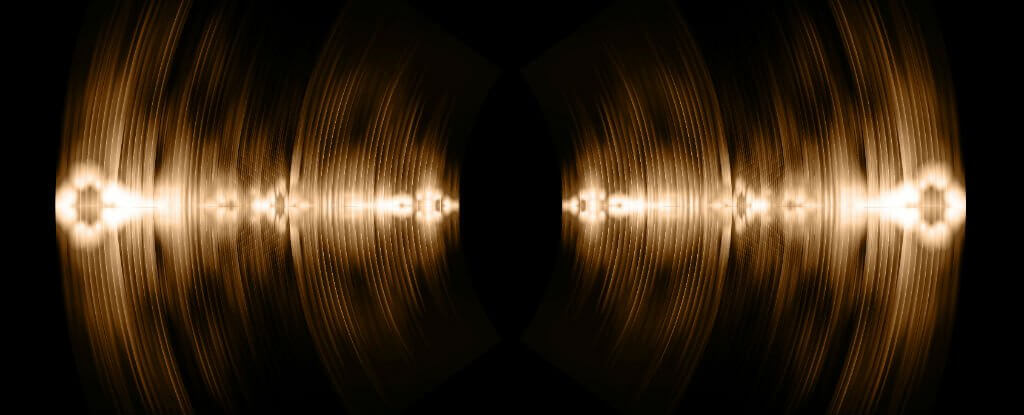- Get link
- X
- Other Apps

Scientists have successfully trained a small group of people navigating while traveling using echolocation, that is, the way in which certain species of living creatures, such as dolphins and bats, communicate with each other. And although the possibility of using this method by blind people has already been proven in the past, scientists could not fully figure out whether seeing people are able to develop the same ability, since the latter rely completely on their visual perception of the environment.
"We thought that if it was a seer, then nothing would come of it. Therefore, it was thought that there would hardly be any benefit, ”said Virginia Flanagin, a researcher at the University of Munich Ludwig-Maximilian.
However, the results of the experiment with the involvement of 11 people who saw and one blind volunteer showed quite the opposite picture. One of the people who do not have vision problems and most effectively mastered the method of using echolocation, was able to determine the 4 percent difference in the resizing of the created virtual room.
"People who showed less efficiency, still could determine the difference, ranging from 6 to 8 percent. At the same time, the least effective indicator among volunteers was 16 percent, "the researchers say.
“In general, the picture is similar to similar indicators of visual acuity - the level of the possibility of determining differences in the environment - which are determined in some tests for visual assessment,” commented Flanagin.
At the beginning of the experiment, scientists first trained volunteers in their own method of echolocation, placing them soundproof and shielded anechoic room. People, being in it, listened to the audio recordings of certain clinking (rather, even clicking) sounds, previously recorded under normal conditions in rooms of different sizes. Ultimately, the researchers thus taught people to distinguish between the difference of clicking sounds recorded in small and large rooms. As soon as people underwent the initial series of training, they were sent to the procedure of magnetic resonance imaging. The tomograph itself was connected to a virtual three-dimensional computer model of the nearby church building.
Being in the tomograph, people either created their own cliches with their own languages, or else the machine did it for them. Thus, the principle of "active" and "passive" echolocation was created. After that people listened to how these sounds echo through the virtual room. Based on the difference in the echo, volunteers were able to determine the size of the virtual room.
The study showed that with this task people cope much better when using the active method of echolocation. That is, the clicks they create are a more effective tool for positioning themselves within a virtual environment. Scientists also noticed that people are more actively using this technique on exhalation. In addition, it was noted that the sound of the echo activates the motor cortex of sighted volunteers - the brain department responsible for the movements. When scientists compared the results of an MRI scan (which made it possible to determine which parts of the brain are activated when a person creates clinking sounds) with active and passive echolocation, in both cases the activity of this brain area was noted. In general, the motor cortex turned out to be the most active every time in the case of more spacious virtual scenes than with small ones. This, in turn, can talk about some kind of connection between the virtual and physical positioning of a person in space.
"It seems that the motor cortex is somehow involved in the process of sensory processing of information," Flanagin notes.
As for the blind volunteer, in this case the echo activated the unused visual cortex of the brain. The brain, apparently, thereby tried to present a picture of the echo bouncing off the walls inside the virtual room.
Nevertheless, one should take into account the fact that the experiment is conducted on a very small group of people, so it would be premature to draw any final conclusions. At least it is necessary to conduct similar experiments on a wider and diverse group of volunteers. However, considering what we already know about the human predisposition to use echolocation, it becomes clear that vision-based people are able to use sound waves as a means for positioning oneself in the surrounding space.
Below you can see the level of the most famous expert in human echolocation, Daniel Kish, who, despite his blindness, demonstrates his ability to ride a bicycle using this method.

The article is based on materials .
- Get link
- X
- Other Apps
Comments
Post a Comment